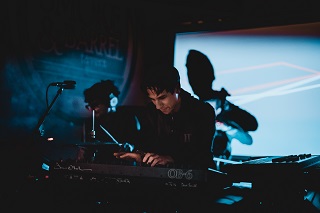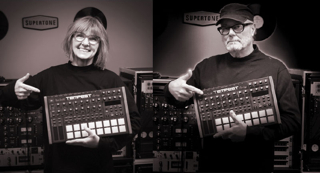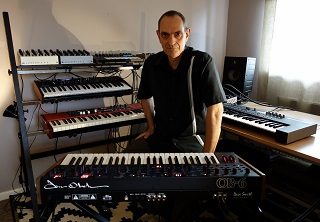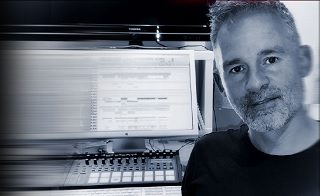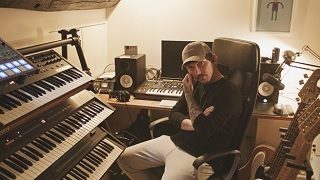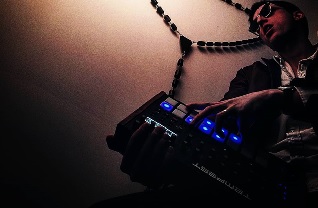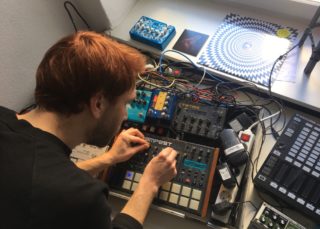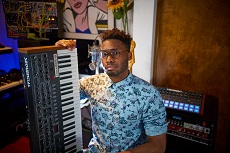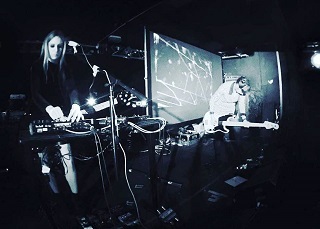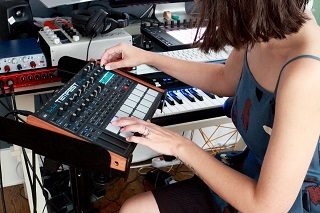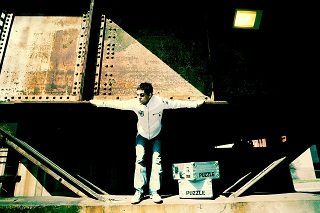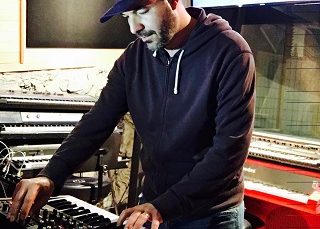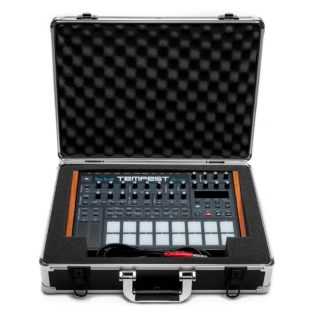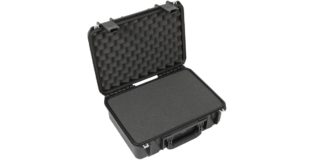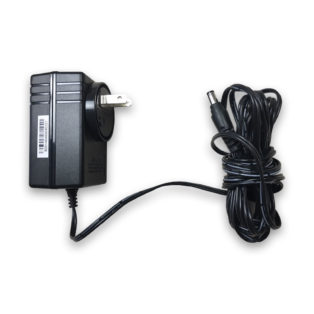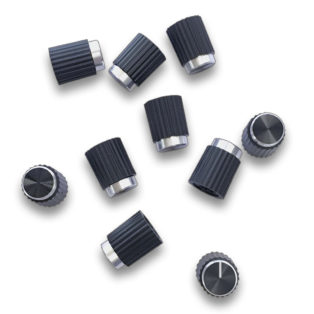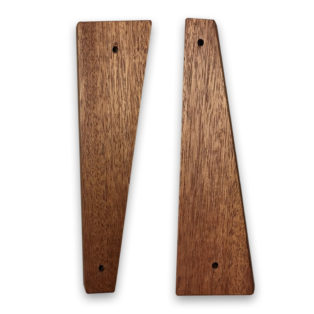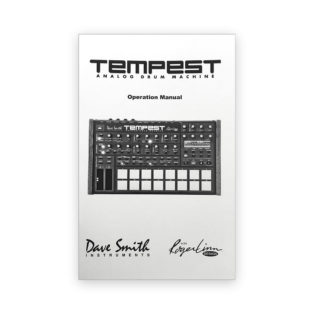Tempest is no longer in production, but you can still access this page for information and support.
The Beat of a Different Drum
Tempest is the brainchild of legendary instrument designers, Dave Smith and Roger Linn. It’s a professional drum machine that generates its sounds using six powerful analog synthesis voices, and uses an innovative, performance-oriented operating system that permits an extraordinary level of control to create, edit, arrange, and manipulate beats in real time without ever stopping.
The performance-oriented operating system, ninety panel controls, and bright 256 x 64 dot OLED display work together to provide a tightly integrated, non-stop workflow.
- Record a drumbeat in real-time
- Switch to another drumbeat and use the lit pads to record it using step programming
- Switch to another drumbeat and record tuned keyboard parts
- Use the two touch controllers to record real-time note sound animations or perform beat-wide sound changes
- Use the generous sound controls to edit any of the drum sounds
- Tweak the analog effects or drum mix
- Arrange beats in real time and record the live arrangement into a song
- And all of the above without ever stopping play
Each of the six analog voices has two analog oscillators plus two digital oscillators (with a large bank of included samples), the classic Curtis analog lowpass filter with audio-rate modulation, an additional highpass filter, analog VCA with feedback, five envelopes, two LFOs, an extraordinary variety of analog modulation routings, and stunning sonic quality, warmth, and punch. Although optimized for drum sounds, it excels at tuned sounds as well, and even doubles as a six-voice analog keyboard synth.
Sixteen pressure- and velocity-sensitive lit pads are arranged in a 2 x 8 configuration, providing intuitive access to all your fingers and the ideal compromise between the popular 4 x 4 pad arrangement (popular for real-time programming ) and 1 x 16 arrangement (popular for step programming) because Tempest does both. The pads can be used to play thirty-two drum sounds (two banks), mute/unmute the thirty-two sounds on playback, play and arrange sixteen beats in real time, play one sound at sixteen tunings (in a variety of scales) or sixteen velocities, or as sixteen time steps for step programming. The ROLL button permits creating drum rolls or repeated groove patterns by varying pad pressure as the beat records, and doubles as a momentary “stutter” effect when the pads are assigned to play beats.
In addition to the six stereo direct voice outputs, there are stereo mix outputs and phones outputs, plus two inputs for foot switches or expression pedals, MIDI in/out and USB.
Two pressure- and position-sensitive Note FX slide controllers permit real-time recording of note or beat-wide sound parameter changes into the drumbeat as you play. For example, record simultaneous filter frequency, tuning, envelope decay, and pan changes for each note. The Playback key permits using the slider to override these parameters on playback, which can be recorded back into the beat. Plus, the sliders can be used in performance to alter beat-wide sound parameters like low-pass frequency or resonance, high-pass frequency, envelope attack or decay, and more.
A variety of unique effects are provided while maintaining a pure analog signal path:
- Stereo analog compressor and distortion circuits affect the stereo output mix
- Beat-synced delay is achieved by generating additional delayed note events within the sequencer
- A beat-synced “stutter” effect is created entirely within the sequencer by looping short portions of the drumbeat on demand
The degree of swing timing can be adjusted in real time during playback. Roger used his entire bag of tricks to make the swing sound very human and natural.
In short, Tempest is a well-considered professional design that could only come from Roger and Dave, with a sonic quality and natural human rhythmic feel that are second to none, all in a compact, portable unit that measures a mere 15.4″ wide by 9″ deep by 2.5″ high

